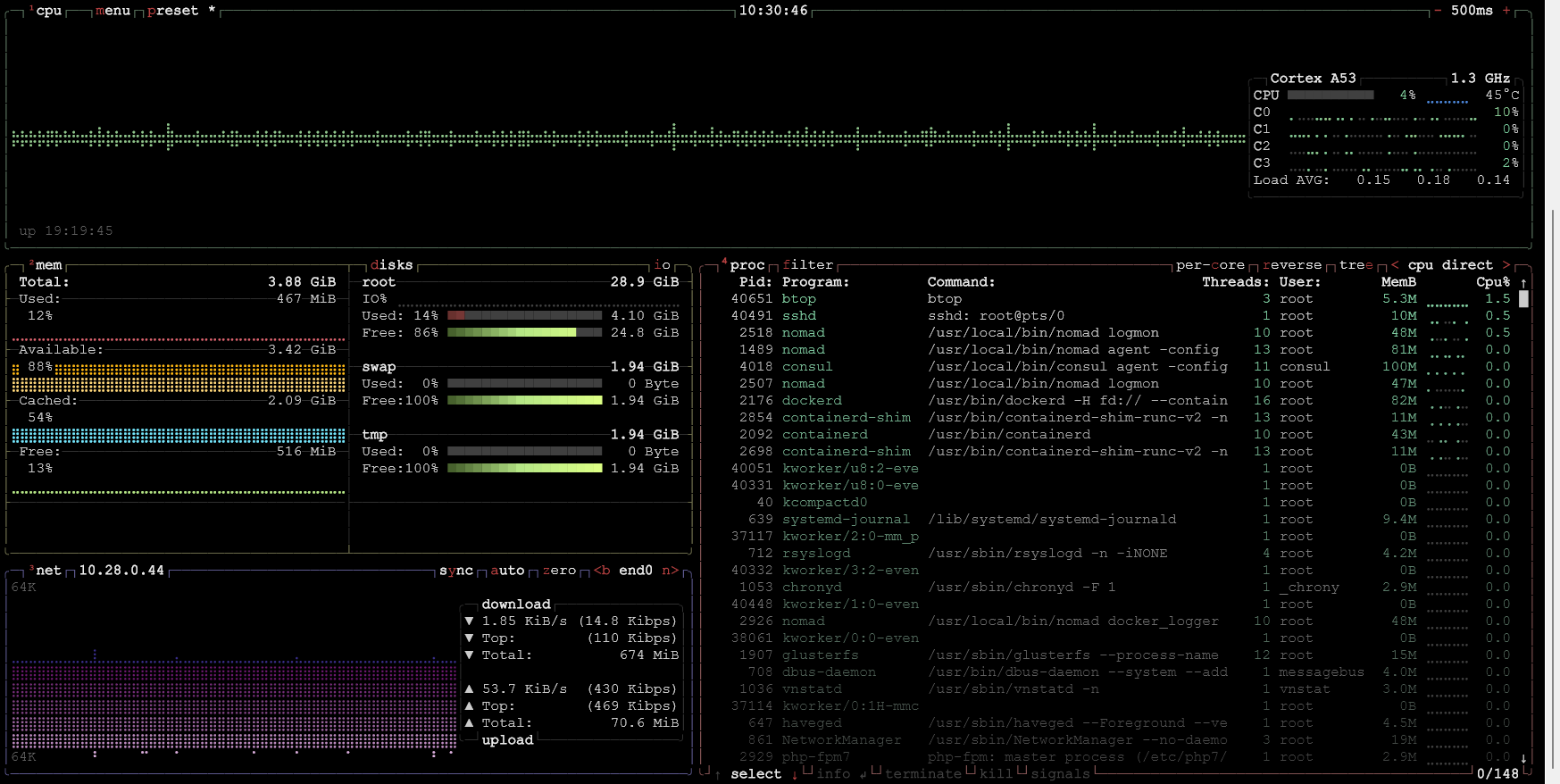Auto Update ControlD Folder Rules from https://github.com/hagezi/dns-blocklists
The Issue
When recently I found the amazing repo at https://github.com/hagezi/dns-blocklists, which maintains various block lists in different formats. Including some for ControlD folder rule json exports.
Project Repo
https://github.com/tupcakes/controld-updater
